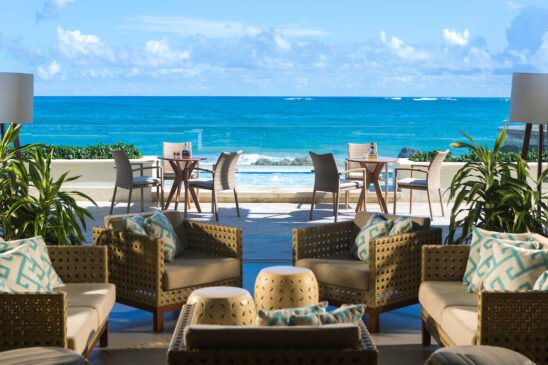Most people think Puerto Rico consists of sandy beaches and hotels from paradise. For the rest of the world, this wonderful island is a dream destination you visit to taste the life of gods. But in reality, the history and culture of Puerto Rico are much deeper than what a regular tourist is asking for. Here’s what everyone that cares about one nation’s heritage should know when it comes to this Caribbean Island.
The History of Puerto Rico
The story of Puerto Rico begins with the Taíno people that discovered it first. They lived there peacefully, hunting, fishing, and growing various crops. A lot changed after the Spanish arrived, including the island’s name and population; however, the Taíno spirit lives on in every Puerto Rican.
The origins of Puerto Rico’s name
The original name of the island was Boriquén. That means “the land of the lord that is noble and brave.” But such a lord was of no interest to Spanish conquerors when they first came here. The Taíno naively believed they could confide in these newcomers and show them their riches. When the Spanish realized that gold was flowing in the island's rivers, all they saw was an opportunity to get rich. Even though it changed its name several times, Boriquén was called Puerto Rico – the prosperous port.
Puerto Rico under the Spanish rule
Instead of becoming their protectors, the Spanish became invaders that would cost the Taíno people their entire world. When they came, the Spanish brought cattle that could not be found on the island and changed farming by introducing new crops such as sugar cane, coffee, and tobacco. All that required more labor, which they also brought with them in the form of slavery. But these Europeans and their unfortunate slaves unintentionally introduced new diseases as well. The Taíno’s fragile immune system could not take it as well as the ones of the foreigners, which has cost them dearly. The population of the Taíno, which was once nearly 50,000, is now reduced to about 1,500 people.
The liberation and what came after
The Spanish-American war changed Puerto Rico, eventually liberating itself from the oppressor. 1952 is essential in this island’s history because that’s when this little nation became a commonwealth of the U.S. with the freedom to draw its constitution and exercise self-government to a large degree. The relationship between the Puerto Rican nation and the U.S. is complicated, but the situation is stable and respectful.
Culture of Puerto Rico and the island’s rich heritage
Thanks to the fact that this island’s story began thousands of years ago, its culture is rich and colorful. Apart from the heaven-like gifts of nature Puerto Rico is so proud of, culture is why many come to travel and live in Puerto Rico. As the experts in moving from Movers Not Shakers NYC advise their clients and friends, getting to know the culture of the place you’re going to is very important whether you are just visiting or relocating there. Here are a few of the most prominent aspects of it.
Music and dancing is the essential part of the history and culture of Puerto Rico
An essential part of the Puerto Rican identity is their distinctive music and dancing. All the nations and cultures that lived on Puerto Rican soil took part in shaping what is known as the island's music today. The Taíno provided the basis of handmade instruments such as the mayohuacán (a kind of a drum) and the guiro (made of hollowed gourd). The Spanish brought their instruments in the form of various guitars, and so did the Africans. The unique music we have in Puerto Rico today is a beautiful flower that grew from its turbulent past.
Dancing for the people of Puerto Rico was a way to express often painful emotions. The two dances characteristic of this area is the bomba and the plena, which came about in the sugar cane fields. The slaves used them to express their hardships in life, and like all the best artists out there, they created something beautiful and immortal from the most challenging elements life granted them.

The sports scene in Puerto Rico
The most popular sport in Puerto Rico is baseball, and like much else on this island, it has fascinating origins. The Americans and the Cubans bought it in Puerto Rico, but what made it famous for good? After the Spanish-American war ended, there was a baseball game between the American Baseball Club of the Second Regiment of Infantry and the Almendares Baseball Club. The Americans lost 32 to 18, which launched the popularity of this sport.
If you travel to Puerto Rico, ensure you see at least one baseball game to grasp this nation's culture fully. Just relax and enjoy one of the best things this island offers. For total relaxation, ensure you take care of your belongings by having someone to care for them or by putting them in short-term storage when traveling. You can find a unit in your area and ensure a carefree trip.

Holidays that Puerto Rican people celebrate
The Puerto Rican people have gone through a lot, and they believe those here should celebrate. Today they celebrate many holidays, of which 18 are official. Here are a few interesting ones:
- The Three Kings Day. In short, it is a story that reminds of Santa, where three kings come on their horses at night on the 5th of January and bring presents to the children.
- Birthday of José de Diego. On the third Monday in April, the island celebrates the life of one of the most prominent figures in the history of Puerto Rico. He was a lawyer, poet, statesman, journalist, and, most importantly, the advocate of independence of this country.
Final thoughts
What is beautiful about today’s island of Puerto Rico results from a colorful past. Therefore, to appreciate the bliss you will discover there, it would be nice to know at least a bit about the history and culture of Puerto Rico. That will make your experience of exploring this island even more profound and unforgettable.

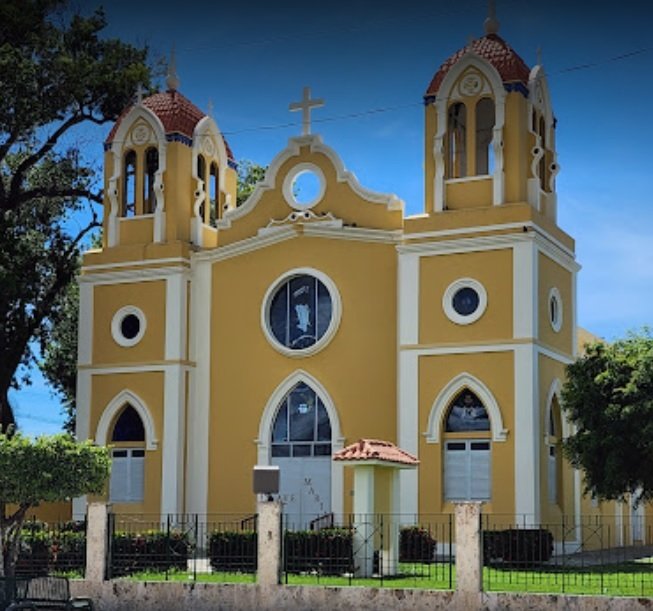
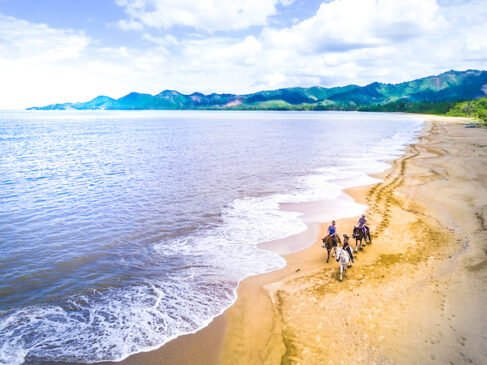 Anasco is also known for its
Anasco is also known for its 



 Black Tea is a type of tea that is more oxidized than green, oolong, and white teas. All four types are made from the leaves of the shrub Camellia sinensis
Black Tea is a type of tea that is more oxidized than green, oolong, and white teas. All four types are made from the leaves of the shrub Camellia sinensis


 You can order all of our teas on our secure online shop. We have a variety of sizes and packages to fit your needs including individual teas and
You can order all of our teas on our secure online shop. We have a variety of sizes and packages to fit your needs including individual teas and 

 alcaldia gurabo[/caption]
alcaldia gurabo[/caption]




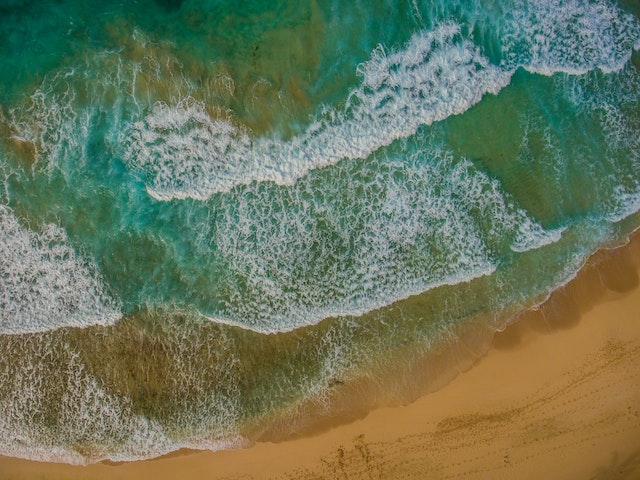 Plan ahead to get the most out of your trip to Puerto Rico!
Plan ahead to get the most out of your trip to Puerto Rico! You can spend time snorkeling and scuba diving at Flamenco Beach.
You can spend time snorkeling and scuba diving at Flamenco Beach. There are so many beaches in Puerto Rico that you should explore, and these are just some of them.
There are so many beaches in Puerto Rico that you should explore, and these are just some of them.
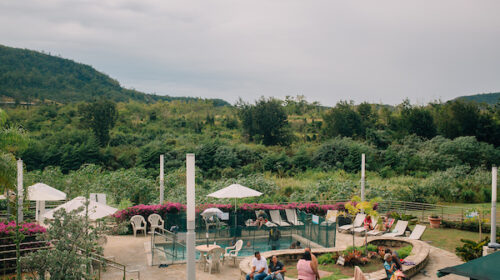
 La Concha
La Concha